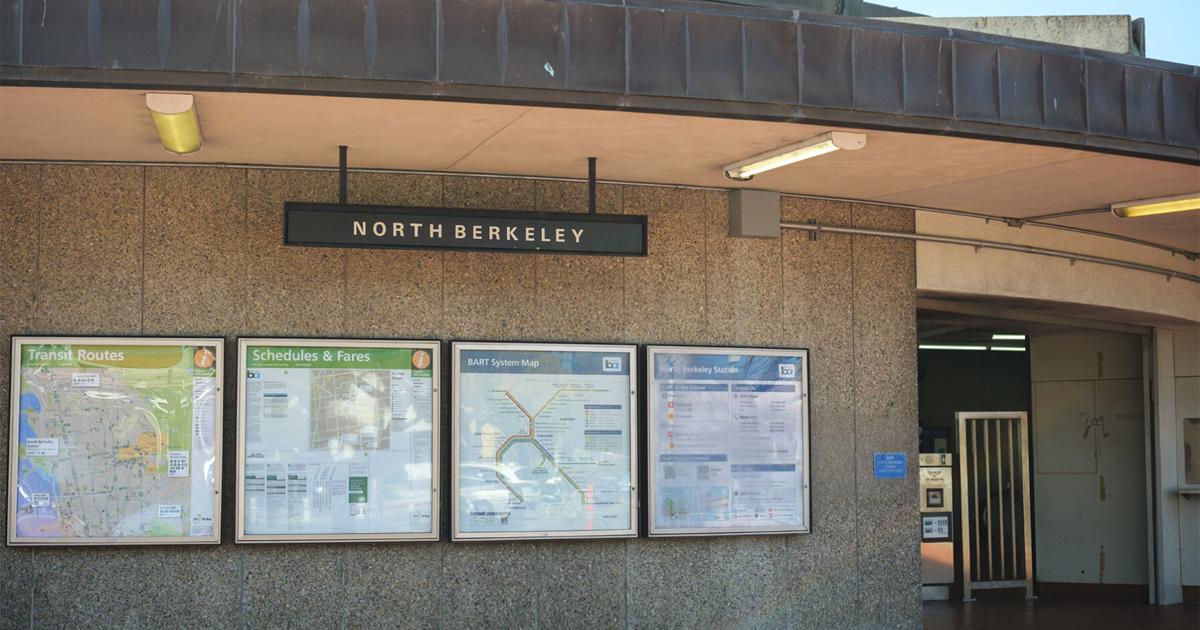On Oct. 10, Gov. Gavin Newsom signed Senate Bill 79, or SB 79, a sweeping piece of housing legislation that upzones land within a half-mile of major transit stops statewide.This bill will affect the Ashby, Downtown Berkeley and North Berkeley BART stations.
SB 79 would allow for the construction of multifamily housing at a specified density and height on “residential, mixed use, and commercial land near rail and bus rapid transit,” according to the bill’s fact sheet. It would also “provide transit agencies with land use authority to develop … projects on land they control.”
The bill, introduced by District 11 state Sen. Scott Wiener, is expected to take effect July 1, 2026 unless local agencies decide to enact alternative ordinances or plans deemed compliant with the measure beforehand.
Wiener, who has been championing the same effort for years through the introduction of bills such as senate bills 827 and 50 — both of which failed in the state legislature— said SB 79 is “great” for housing, sustainability, walkable communities and transit systems.
“It’s an important bill,” Wiener said. “I’m grateful that it’s now the law.”
Wiener said the bill has a phased implementation approach, meaning it will go into effect in some areas next July but will take “decades” to fully play out.
According to its fact sheet, the bill has the support of more than 100 organizations and individuals, including District 1 Berkeley Councilmember Rashi Kesarwani.
East Bay for Everyone, or EB4E, an advocacy initiative speaking up for more housing in the region, is extremely enthusiastic about SB 79 and believes it is a step in the right direction.
“Zoning and infill development near transit is at the core of what we believe are the best solutions to California’s housing shortage and cost of living crisis,” said Chance Boreczky, a member of the board of stewards at EB4E. “We also believe it is critical to … getting cars off the road and encouraging more sustainable transportation solutions in the Bay Area.”
However, not everyone is as enthusiastic about the bill. Susan Kirsch, founder of Catalysts for Local Control — a nonprofit organization focused on educating and engaging people on housing issues — alleges the bill does not include provisions to guarantee affordable housing in these new units.
SB 79 is allegedly built around a model that places moderate and high-income housing close to transit, Kirsch said. Campus students, who might benefit from the housing due to its proximity to campus, are not likely to be able to afford it if it is put up for rent, Kirsch alleged.
“Almost any neighborhood that has these tall buildings come in will be losing some of the beauty of living in California,” Kirsch said.
Another downside of the bill, according to Kirsch, is that it is allegedly taking away a large portion of affordable housing that is small, modest and owner-occupied.
Boreczky said potential concerns for individual homeowners are amplified due to misinformation on social media platforms and a lack of perspective on what the proposed zoning changes actually mean.
“No one is coming for anyone’s homes or neighborhoods,” Boreczky said. “There is so much vacant, derelict or underutilized land within these half mile radii of these transit stations, that those are unbeatable opportunities.”

